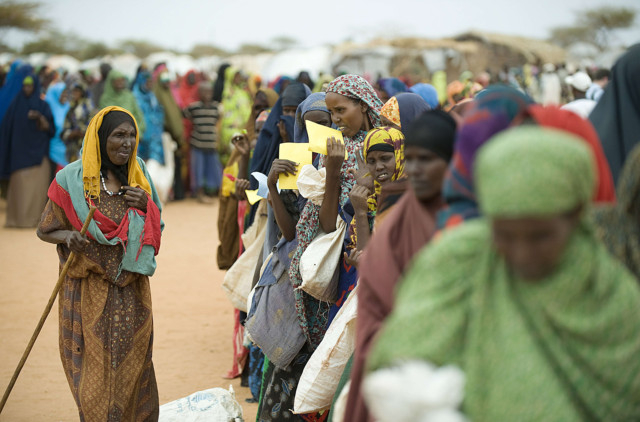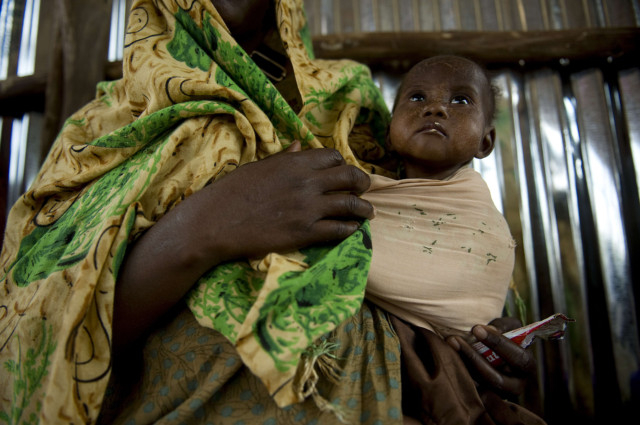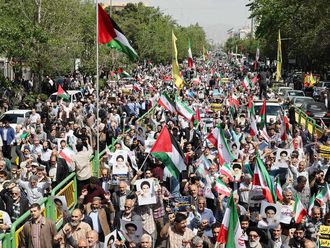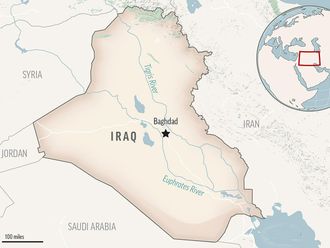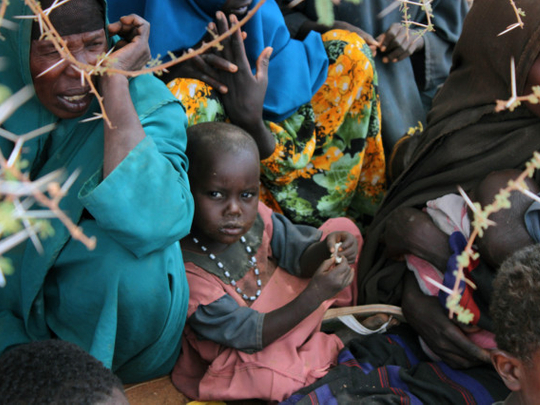
Dubai: Exactly an year ago, the UN declared the war-torn country of Somali a famine-affected country. This time, aid agencies say, the famine threat is gone but not the problems. There are still millions of people in dire need of food aid.
While the political and security situations seem far from being solved, analysts say the continuation of the crisis in Somalia for more than two decades has led to “donor fatigue” over the situation, with many institutions reluctant to give a helping hand to the country.
“The situation is very serious,” said Geno Teofilo, media head for Oxfam in Somalia.
Oxfam was originally founded in UK, but grew over the years to become an international confederation of 15 organisations, spanning more than 90 countries across the world, seeking solutions to poverty and other issues related to injustice.
“The famine is over, but there is a major food crisis. Over 2.5 million people still need humanitarian aid and there is not enough international aid promised for the future,” added Teofilo.
“So there is a risk of more people flying back into the crisis,” Teofilo told Gulf News on the eve of the first anniversary of declaring famine in the horn of Africa nation a famine area.
Nearly 100,000 people died then, and some 12 million people needed assistance at the height of the humanitarian crisis.
There is a need for sustained aid efforts in Somalia to prevent the recurrence of the humanitarian tragedy, the UN stressed.
“We need to make no mistake — the absence of famine does not mean that people are not in crisis. Today, 2.51 million people are still in urgent need of aid and a further 1.29 million could slide back into crisis without sustained assistance,” Mark Bowden, the UN humanitarian coordinator for Somalia was quoted as saying recently.
On Thursday, global aid agencies launched a revised consolidated appeal for US$1.16 billion (Dh4.26 billion).
According to the UN, within 90 days of last year’s famine declaration on July 20, the number of people receiving food aid more than tripled to 2.6 million, while hundreds of thousands of acutely malnourished children received nutrition supplements.
“Somalia needs many things, not just emergency food,” said Teofilo. “It also really needs long-term development. If they could keep up aid to help people run sustainable businesses, to get agriculture running again, then Somalia would be able to help itself over.”
Historically, Somalia was a rich country with its natural resources, and Teofilo stressed the country “has great potential, Somalian people are excellent at business… historically, they have been able to have good agriculture when the country was stable. It is just the (political) conflict and the recurrence of drought that have caused a lot of these problems.”
“Mass vaccination campaigns reduced cases of measles by almost 50 per cent. By November, 500,000 people in the affected parts of Bay, Bakool and Lower Shabelle were lifted out of famine conditions. The situation continued to improve, largely due to the effective delivery of aid under extremely difficult circumstances and helped by an exceptional harvest at the beginning of the year,” Bowden was quoted as saying.
However, the instability of political situation still constitutes one of the obstacles facing the continuous flow of aid to Somalia, analysts say.
“There are other crises that surfaced after the one in Somalia,” said Amani Al Taweel, head of the African Unit at the Al Ahram Strategic Studies Centre.
“And because of the long duration of the crisis in Somalia, it lost the attraction element, as they say,” she added in reference to the donors’ readiness to help.
While the crisis in Somalia continued, other new crises surfaced in other parts of the world, including the international financial crisis in 2008 and its ramifications on different economies, and the Euro debt crisis.


